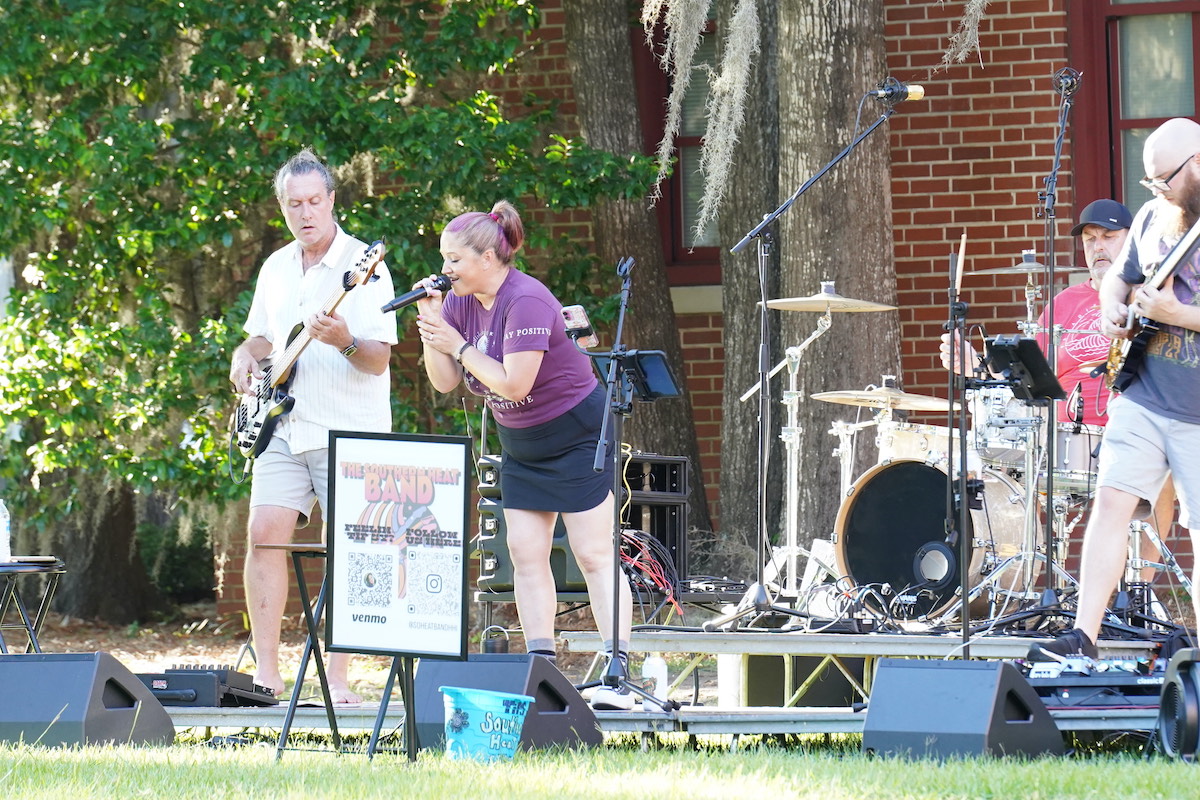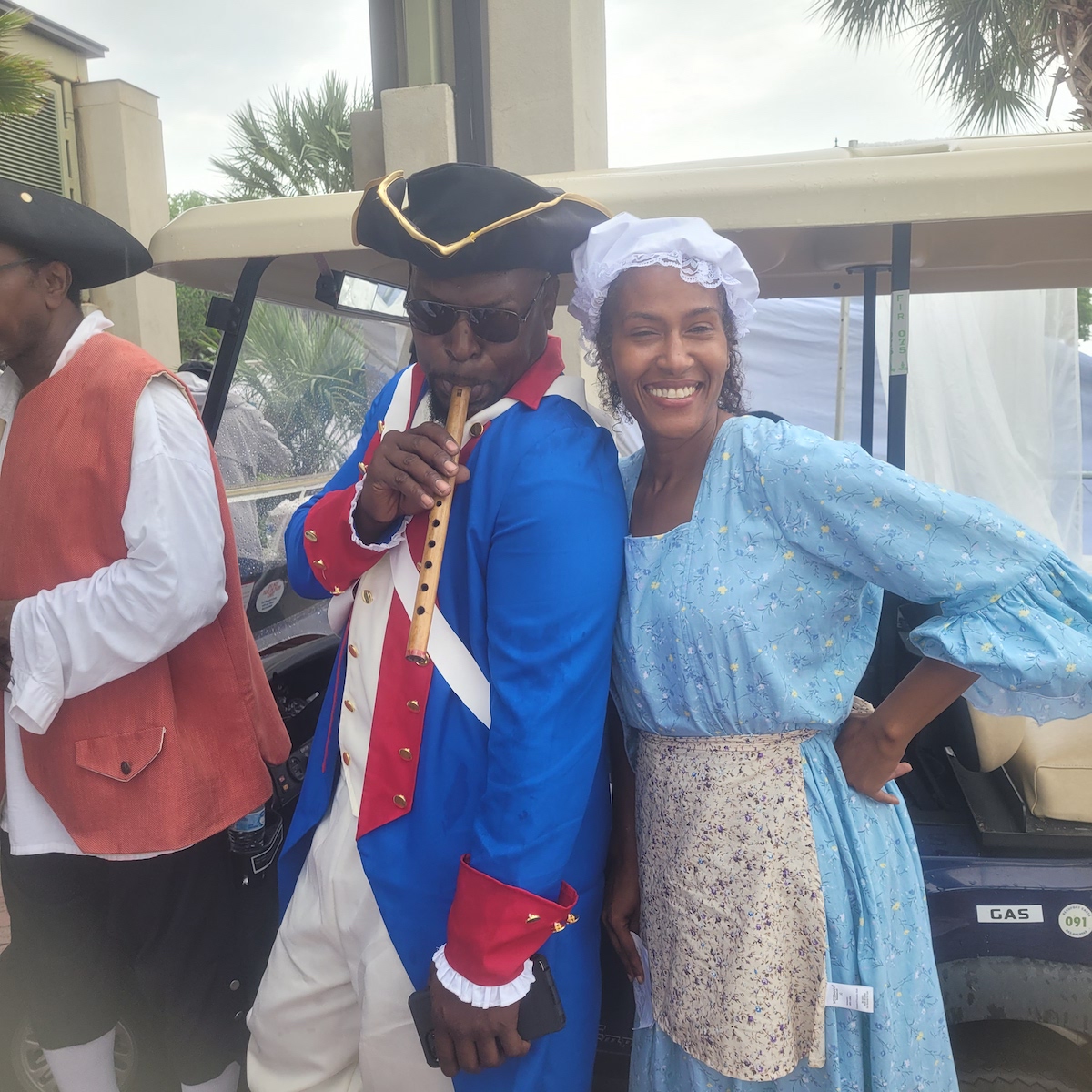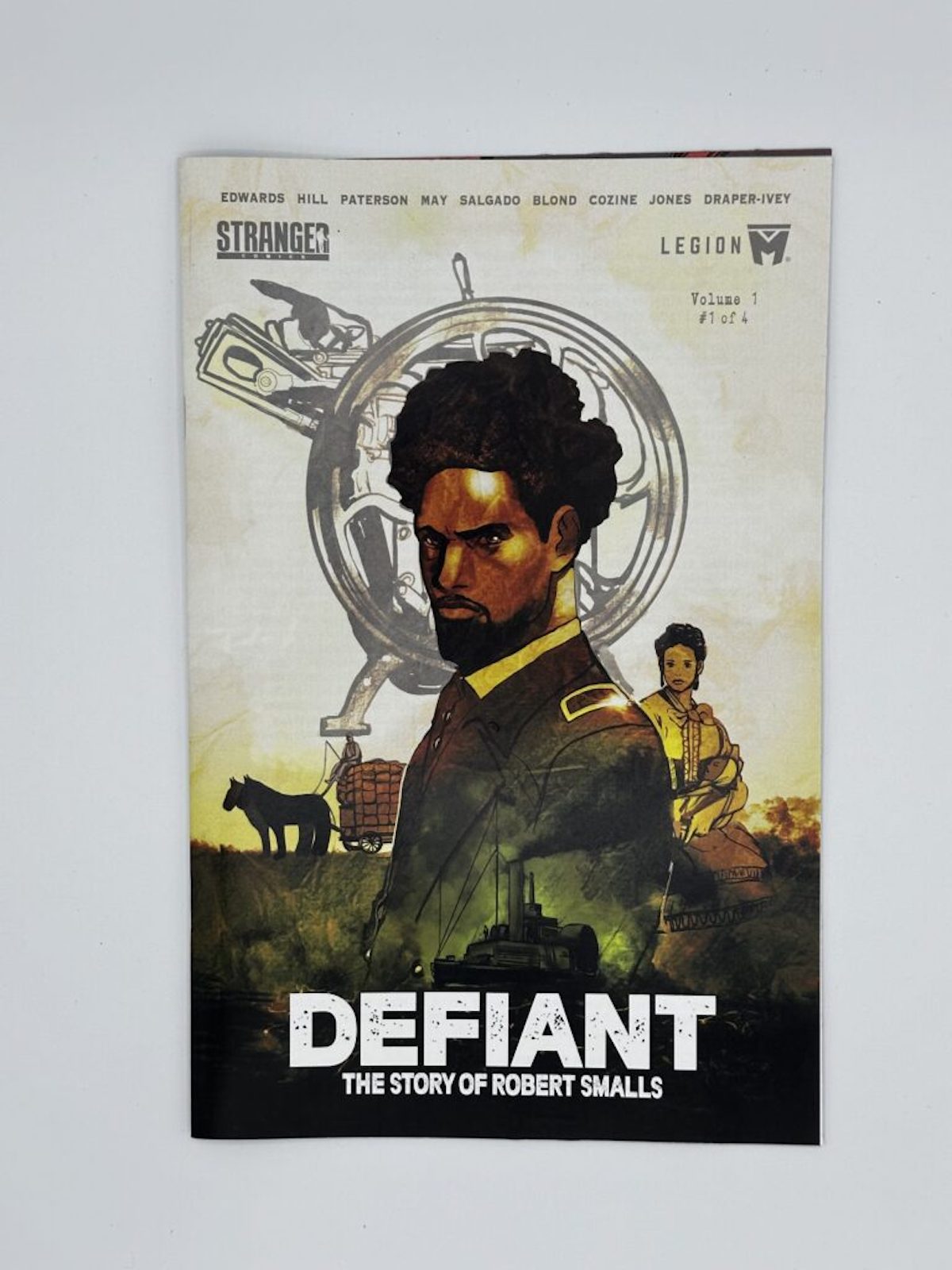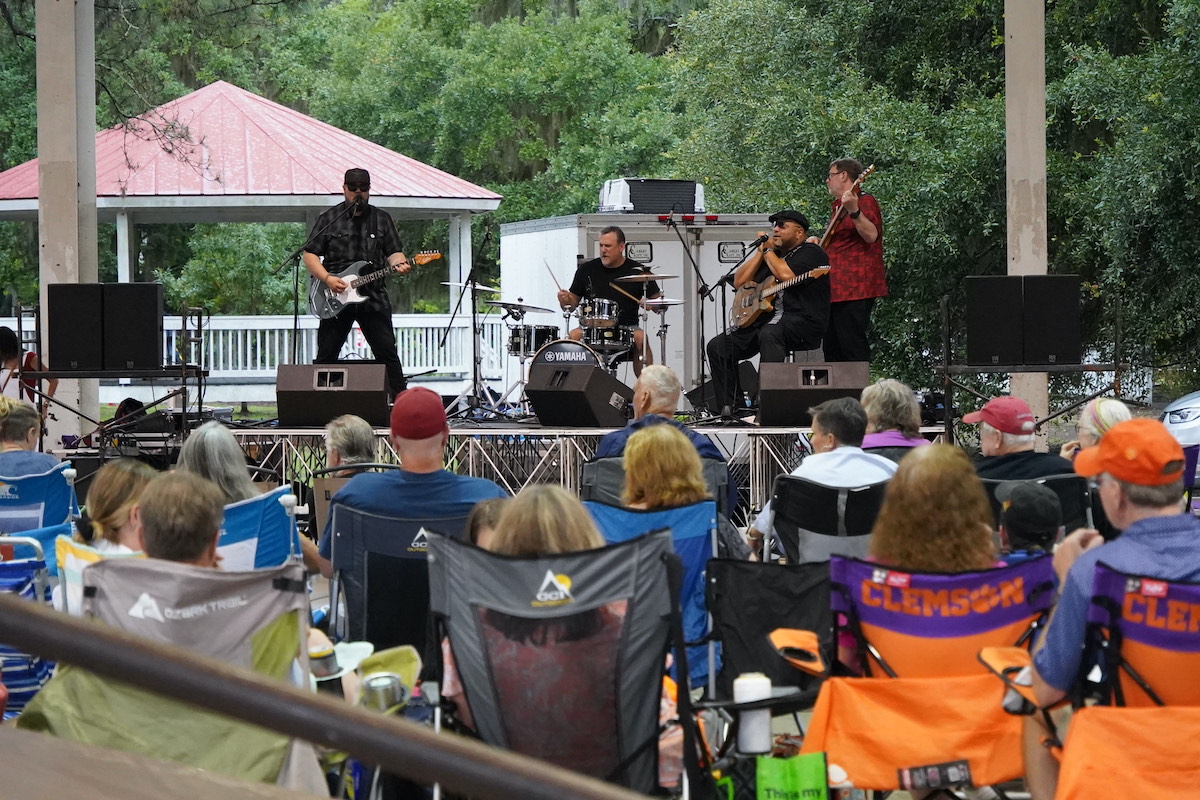By Alan Schuster
An exchange of letters occurred in 1891 between Verdi and his librettist, Arrigo Boito. Four years earlier they had worked together to launch his magnificent opera version of Shakespeare’s “Othello.” Knowing that Verdi was thinking about another Shakespeare inspiration, Boito wrote: “There is only one way to end your career more splendidly than with Othello, and that is to end it with Falstaff.” Two years later, Verdi, now 80, debuted “Falstaff” at La Scala. It was an enormous success with numerous encores and applause for the composer, the cast and Boito, lasting almost an hour. Richard Strauss called it “one of the greatest masterpieces of all time.”
Act I: The Garter Inn: Old Dr Caius accuses Falstaff and his agents, Bardolph and Pistol, of stealing his money. After driving him away, Falstaff hatches a scheme to woo Alice Ford and Meg Page, thus gaining access to their husbands’ fortunes. He writes love letters to both ladies, sending his agents to deliver them.
Scene 2: Ford’s home: Alice and Meg discover that they have received identical love letters. Along with Mistress Quickly and Alice’s daughter, Nannetta, they resolve to teach Falstaff a lesson. Bardolph, Pistol and Caius tell Ford that Falstaff has designs on his wife. As the four women decide to send Falstaff an invitation from Alice, Ford plans to trap Falstaff by visiting him under a false name.
Highlights: Falstaff: “L’onore!” A bit of drama and a bit of comedy as he delivers a witty monologue about honor. The finale is a 15-minute marvel of composition. It begins with back-to-back quartets, first the ladies and then the men, both sung in a quick patter style as they hatch plans to embarrass Falstaff. A brief love duet with young Fenton and Nannetta softens the pace, but not for long. Now it’s a patter ensemble with all eight voices joining in a whirlwind finish. Someone once said that listening to Falstaff is like being pushed through a gallery of Italian masters in a wheelchair at a trot.
Act II: Quickly visits Falstaff to arrange a tryst with Alice, adding that Meg also fancies him. Ford arrives, introduced as Fontana, and confides his failed attempts to woo Alice. He offers to pay Falstaff to seduce her, thereby making it easier for him to do so. Falstaff agrees, and when he leaves, Ford resolves to ambush Alice and Falstaff when they meet.
Scene 2: When Nannetta complains that her father wants her to marry Caius, the women promise to help bring the couple together. Alone, Alice receives Falstaff, who declares his passion for her. Meg dashes in, warning that Ford is approaching. He enters and begins to search the house, as the women hide Falstaff in a laundry basket. Ford hears a noise behind a screen, and finds his daughter and Fenton together. This distraction allows the servants to dump the basket into the river.
Highlights: “L’amor,” a romantic parody with Falstaff and Ford trying to hoodwink each other. This leads to Ford’s soliloquy about jealousy, a fine moment as he vents frustration at being deceived Falstaff has his finest moment in the next scene — “Quand’ ero paggio” (When I was a page…) with some over-the-top boasting to impress Alice. Opera historian Charles Osborne opined that “Verdi scatters tunes about as though he were trying to give them away.”
Act III: A drenched Falstaff consoles himself with wine. Quickly arrives to tell him that Alice will meet him at midnight, but he must come disguised with horns on his head. When he leaves, Alice plans a masquerade, assigning disguises to all.
Scene 2: In a park at night, Fenton meets Nannetta, disguised as the Queen of the Fairies. Alice enters with a monk’s habit for him to wear. Falstaff arrives and is terrified by the incantation of the Queen. Maskers enter and torment Falstaff, demanding that he repent. When Falstaff recognizes Bardolph, everyone unmasks, except a veiled couple who step forward to marry. Alice presents a second couple, and Ford performs a double wedding. When the couples unveil, Ford admits being duped — marrying his daughter to Fenton — and proposes a festive supper for all.
Highlights: Falstaff’s wine-drinking scene: As he drinks and feels his spirits reviving, the orchestra matches his mood with an exhilarating accompaniment. The grand finale is a spectacular fugue in which the entire cast lines up in front of the stage. Falstaff leads the way with “Tutto nel mondo e burla …” (All the world is folly and all the men and women merely players), making for a perfect ending to a great opera. Much fun. Well done!
Verdi’s biographer Francis Toye wrote: “Only one comic opera by Mozart, one by Rossini and one by Wagner can rank with Falstaff — and with all these great works, it is certainly not the least in stature.”
Cast: Ambrogio Maestri sings the title role, opposite an ensemble that includes Angela Meade, Stephanie Blythe and Lisette Oropesa. James Levine conducts.
The MET: Live in HD presentation of “Falstaff” will be at USCB Center for the Arts on Carteret Street in Beaufort on Saturday, Dec. 14 at 12:55 p.m.
Tickets: Adults $22; OLLI members $18; Students under 18, $15. All seats are assigned and the box office opens one hour prior to the curtain time, or call 521-4145.






